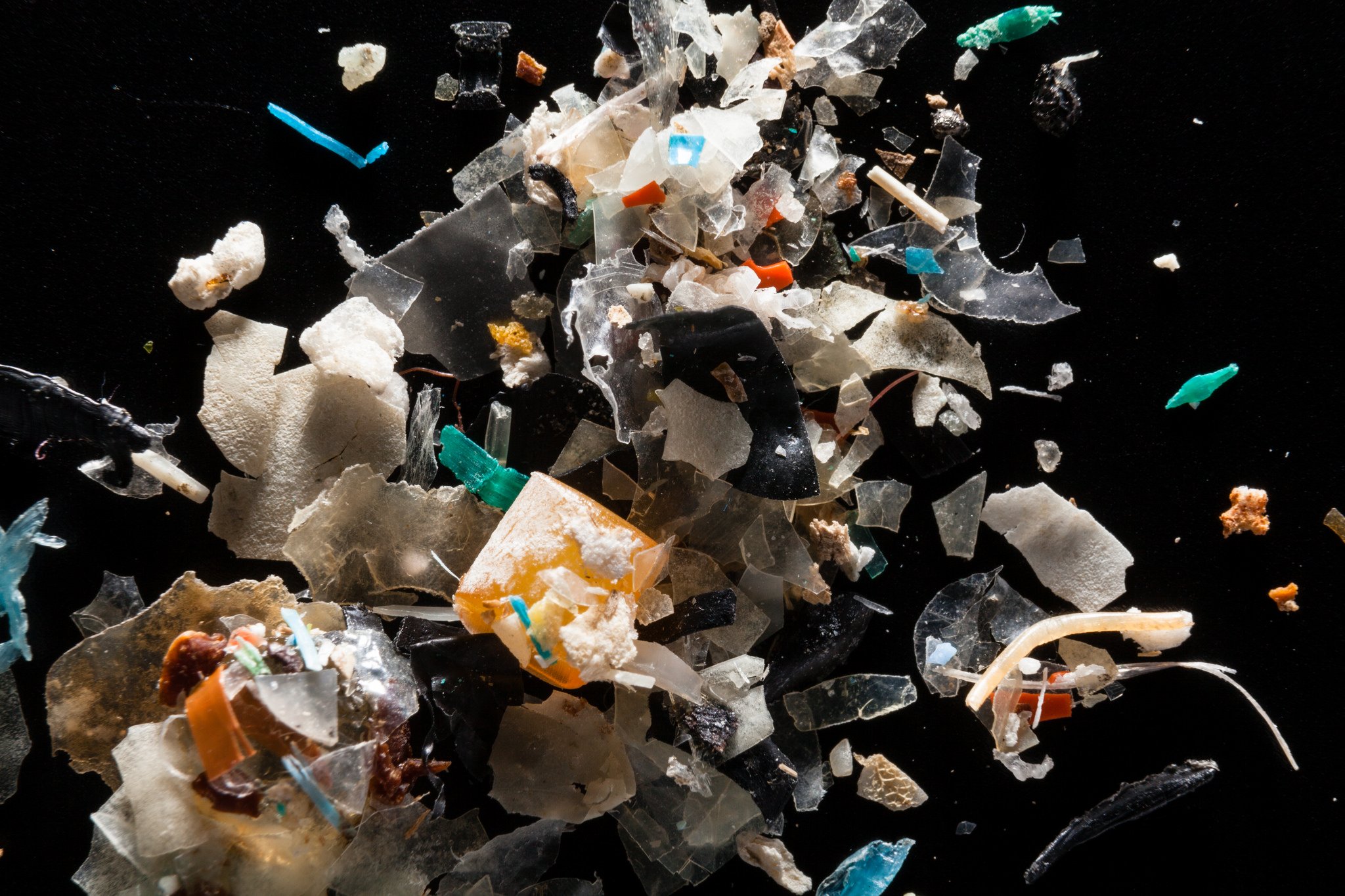Microplastics (plastic particles under 5 mm) are an abundant type of debris found in salt and freshwater environments. In a Limnology & Oceanography Letters study, researchers demonstrated the transfer of microplastics through the food chain between microscopic prey and larval fish that live in coastal ecosystems. They also found that microplastic ingestion interferes with normal growth in fish larvae.
The investigators also looked at the effects of a common pollutant (the pesticide DDT) that attaches to microparticles in coastal waters. Organisms were not able to detect or discriminate against ingesting microparticles with high levels of DDT.
“Our findings indicate that trophic transfer may be an important route for microplastic exposure in estuarine food webs and that even short exposure to high levels of microplastics can impair growth of an important prey fish,” said lead author Samantha Athey, of the University of Toronto. “Because estuaries are incredibly productive habitats that are home to many of our commercial seafood species in the United States, it is important to understand the sources, fate, and effects of microplastics and associated pollutants in these systems.”
